We all know that the supplement of selenium yeast has benefited a lot to animals. It mainly focuses on improving production performance, enhancing antioxidant capacity, improving immune function, and improving reproductive performance. Selenium yeast (organic selenium) is involved in animal nutrition, metabolism, reproduction, immunity, and other life activities. It is one of the essential trace elements, especially in the added form of minerals; the organic form of trace elements is easy to retain in the body and high utilization rate.
In this article, let’s discuss the secrets of yeast selenium production.
What is selenium-enriched yeast?
Selenium-enriched yeast or selenium yeast is a baker’s yeast (Saccharomyces cerevisiae) that contains high levels of organic selenium, such as selenomethionine and selenocysteine.
Yeast itself does not need Se and contains little of it. The inorganic selenium compound, such as sodium selenite, is gradually added to the yeast growth medium to produce yeast Se. Organically growing cells incorporate selenium atoms into amino acids instead of sulfur (selenomethionine or selenocysteine). Therefore, the production of yeast Se is a delicate process.
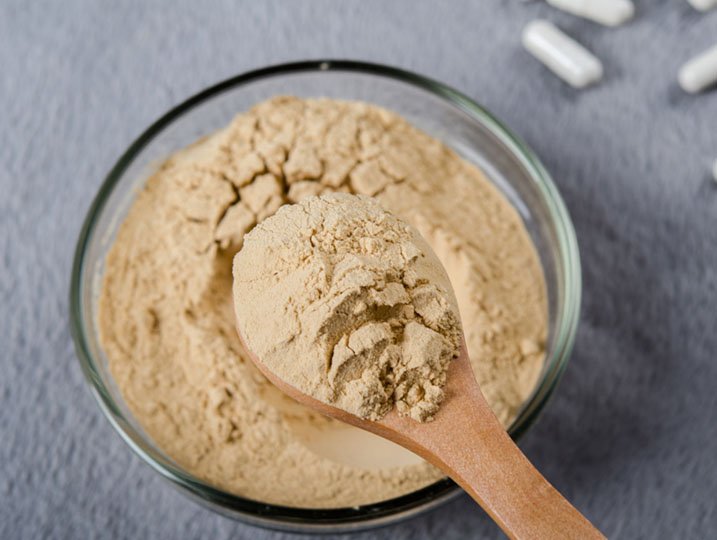
First, to ensure optimal incorporation of organic selenium into yeast cells, Hiyeast has selected a specific yeast strain (Saccharomyces cerevisiae ) based on critical criteria, in particular its ability to accumulate significant levels of organic Se and distribution of Se within the different molecular fractions of the cells, as well as batch-to-batch reliability. They have then developed a specific production process to ensure optimal and consistent product quality. Selenium yeast is produced by feed-batch culture: nutrients, including selenium, are gradually supplied to the growing cells.
Scientists explained that: “The crucial part is to add the right amount of selenium at the right time. Adding too little results in a low selenium concentration in the final product, while adding too much will inhibit yeast growth.
Hiyeast selenium yeast, use the new Se yeast formulation, which has been authorized as a nutritional additive, has a guaranteed minimum selenium content of 2,000 – 3,000 mg/kg mg/kg available on the global market for all animal species. It is the result of significant investments in the optimization of the production process. Hiyeast selenium yeast is guaranteed to contain 97 to 99 percent organic selenium and at least 2000 ppm selenomethionine, respectively (60%).
How is the quality of Se yeast evaluated?
Selenium yeast is documented as a highly bioavailable source of Se for animal nutrition compared to inorganic Se and synthetic sources of selenomethionine (bioavailability is assessed by the transfer rate of Se from feed to animal blood, milk, or egg). This indicates that SeMet may not be the only compound essential for Se metabolism.
Analyses have shown that, in addition to SeMet, Selenium yeast contains other forms of organic Se, in particular selenocysteine, and the metabolic pathways of Se in the body involve not only SeMet but also other amino acids, in particular selenocysteine. Therefore, the combined presence of SeMet and SeCys in Selenium yeast could provide an optimal balance for Se absorption and utilization by the animal, which explains its superior bioavailability.
All the Se yeasts are not equivalent, and scientists gave more information about the analysis of yeast Se. According to the scientists, measuring the total Se content is not enough. It is also important to measure the range of crucial organic selenium compounds, such as selenomethionine, which indicates the successful incorporation of selenium into highly bioavailable organic molecules.
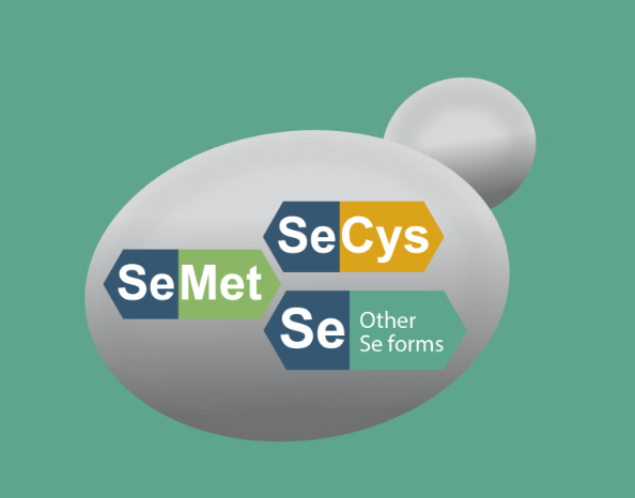
What is oxidative stress?
Dr. Florence BARBE, an antioxidant researcher, explained the problem of oxidative stress and how it affects animal health and performance. Oxidative stress results from an imbalance between the production of reactive oxygen species (ROS) and their consumption or deactivation by cellular antioxidant pathways.
It is important to note that ROS formation is a normal physiological process: it exerts some necessary cellular functions in the body and plays an essential role in immune defenses. Under normal conditions, these ROS are detoxified through different antioxidant pathways that can be classified into two main types:
Major antioxidant pathways: enzyme systems that detoxify and recycle ROS before they can damage cells (e.g., superoxide dismutase, glutathione peroxidase, catalase). Secondary antioxidants: molecules such as vitamin E or C, polyphenols, etc., inhibit free radicals and stop the “snowball effect” once the main cellular components have been attacked and transformed into secondary free radicals.

While primary antioxidant enzymes act upstream of oxidative cascades, secondary antioxidant molecules act later and stoichiometrically (one antioxidant molecule for one free radical). Therefore, antioxidant enzymes have a greater detoxification power than secondary antioxidants.
Livestock production conditions can cause oxidative stress, which has detrimental effects on several levels, leading to performance loss and health problems. This can be measured by total animal antioxidant status (TAS). Poor antioxidant status has been linked to poor health status, loss of immune system efficiency, and negative impact on reproduction (fertility, parturition) and zootechnical performance (growth, feed intake, mortality). For the producer, these translate into lower herd performance and economic losses.
Combating oxidative stress in livestock farming
Antioxidants, usually secondary (vitamin E or C), are provided through the feed to help animals maintain their oxidative balance. But it is also possible to increase primary antioxidant defenses through the feed. It is increasingly recognized that the optimal antioxidant strategy should combine different complementary molecules for synergistic effects rather than providing a high level of a single molecule.
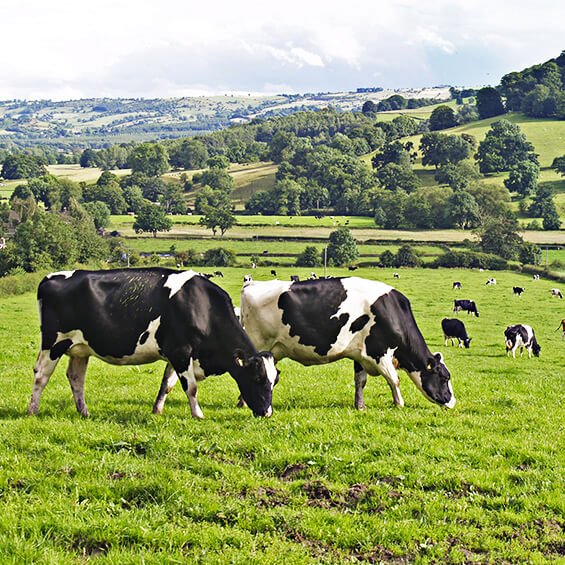
For example, superoxide dismutase from cantaloupe is a natural source of primary antioxidants used by humans and all animal species (see boxed text). It appears that providing a combination of yeast SOD and Se (Se initiates the activity of the primary antioxidant glutathione peroxidase) is an optimal strategy for boosting antioxidant defenses, both primary antioxidants acting synergistically through different and complementary enzymatic pathways.
During the day, several examples of trial results using this combined approach were provided for swine, poultry, horse, and ruminant species, showing benefits in immunity, fertility, welfare, resistance to stress (e.g., heat stress), and more.
Finally, in addition to the zootechnical and health benefits, antioxidant supplementation can also benefit end products for consumers, as seen in the meat trial, where meat quality was improved.
Other studies showed that supplementation of Se yeast to dairy cows or laying hens results in an enrichment of milk or eggs with selenium, respectively, which can be interesting in terms of quality of the food product (eggs with higher Se content showed better preservation characteristics) but also in terms of consumers’ health: a real added value for consumers and farmers.
A recent scientific study was conducted by Ling et al. to evaluate the possibility of producing Se-enriched cheese eligible for nutritional and health claims. The study indicated a higher Se content in milk and cheese after selenium yeast supplementation than inorganic Se supplementation. According to the authors, after five weeks of supplementation, cheese and milk reached a steady-state Se content, a level appropriate for nutritional and health claims related to Se content.

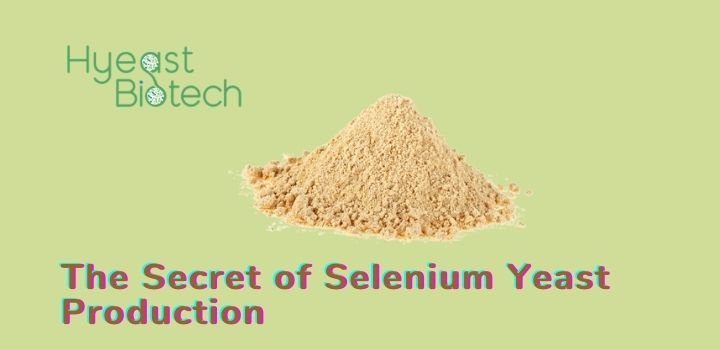

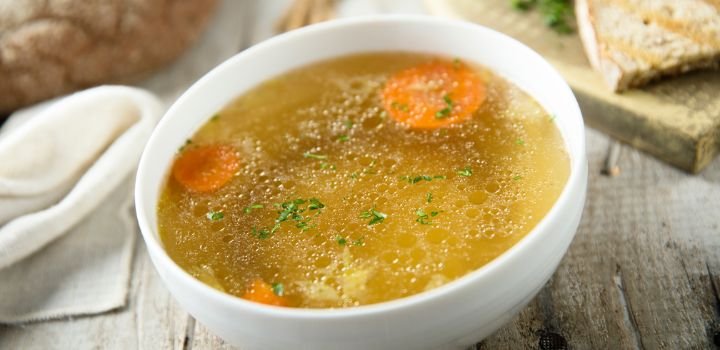

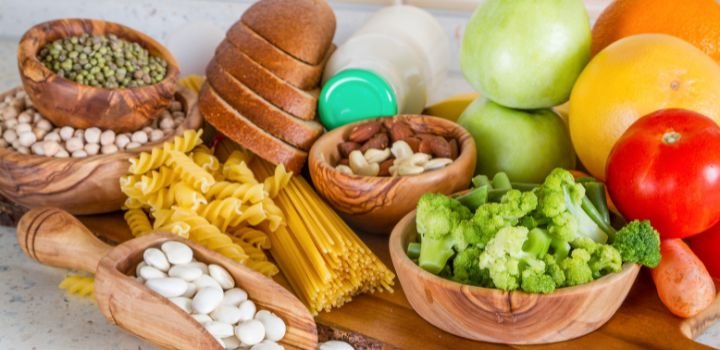

One Response
Hi Wendy,
thanks for the explanation on how Selenium yeast helps us have healthier stock and better meat at the same time.
I work for a company that trades Sodium Selenite and would like to send you a sample for your evaluation.
Please get i n touch.
Thank you!